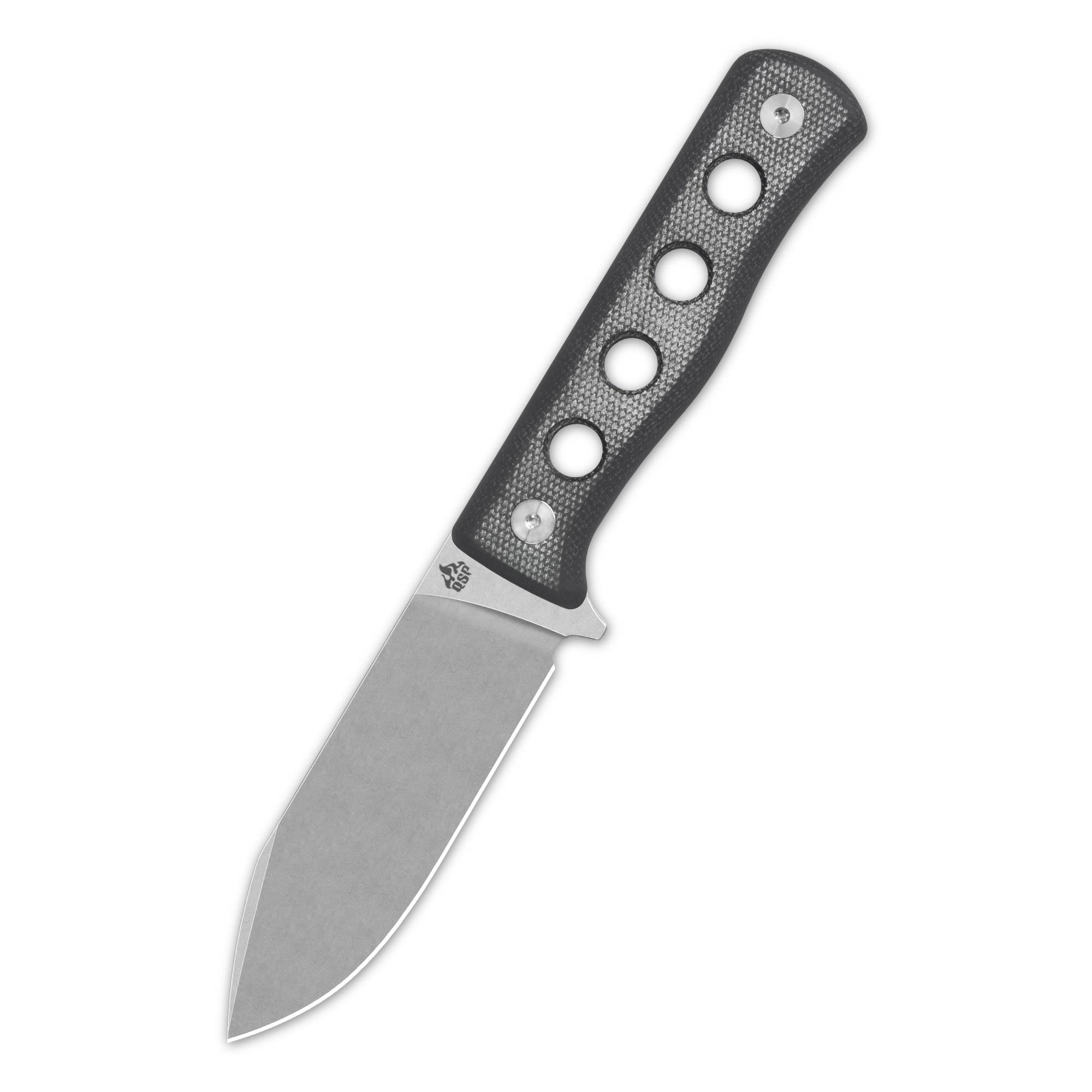Everyday Carry (EDC) fixed blade knives are indispensable tools for many outdoor enthusiasts, survivalists, and even urban dwellers. Choosing the right EDC fixed blade knife can be a daunting task given the plethora of options available. This article delves into the essential features to look for in an EDC fixed blade knife, ensuring you make an informed decision.

Blade Material
The material of the blade is a critical factor in determining the knife's durability, sharpness, and ease of maintenance. High-carbon steel and stainless steel are popular choices. High-carbon steel blades are known for their superior edge retention and ease of sharpening, making them ideal for heavy-duty tasks. However, they are prone to rust if not properly maintained. On the other hand, stainless steel blades offer excellent corrosion resistance, making them suitable for humid environments but may require more frequent sharpening.
Blade Design
The design of the blade significantly impacts its functionality. Common blade designs include drop point, clip point, and tanto. A drop point blade, with its convex curve, is versatile and ideal for general use, offering a good balance between strength and precision. Clip point blades, characterized by a concave curve, are excellent for detailed work and piercing tasks. Tanto blades, with their angular design, provide superior strength at the tip, making them perfect for tough, piercing tasks.
Handle Ergonomics
The handle of an EDC fixed blade knife should provide a comfortable and secure grip. Materials such as G-10, Micarta, and rubber are commonly used for handles due to their durability and non-slip properties. The shape and texture of the handle should fit comfortably in your hand, reducing the risk of slippage during use. Additionally, features like finger grooves and a well-designed guard can enhance grip security, especially in wet conditions.
Blade Length
Blade length is another crucial aspect to consider. For an EDC fixed blade knife, a blade length between 3 to 5 inches is generally recommended. This length offers a good balance between portability and functionality. A shorter blade is easier to carry and maneuver, making it suitable for everyday tasks. Conversely, a longer blade provides more cutting power and reach, which can be beneficial for outdoor and survival situations.
Sheath Quality
A high-quality sheath is essential for safely carrying and accessing your EDC fixed blade knife. Look for sheaths made from durable materials like Kydex or leather. Kydex sheaths are known for their rigidity and retention, ensuring the knife stays securely in place. Leather sheaths, while more traditional, offer a classic look and can be very durable if well-maintained. Additionally, consider the sheath's attachment options, such as belt loops or MOLLE compatibility, to ensure it fits your carrying preferences.
Full Tang Construction
Full tang construction is a hallmark of a robust and reliable EDC fixed blade knife. A full tang means the blade extends through the entire length of the handle, providing superior strength and balance. This construction minimizes the risk of the blade breaking or coming loose from the handle, making it ideal for heavy-duty tasks and survival situations.
Conclusion
In summary, selecting the right EDC fixed blade knife involves considering several essential features: blade material, blade design, handle ergonomics, blade length, sheath quality, and full tang construction. By understanding these key aspects, you can choose a knife that meets your specific needs and preferences, ensuring it becomes a reliable companion for your everyday carry.
Remember, the best edc fixed blade knife is one that combines functionality, durability, and comfort, making it an indispensable tool for any situation.







